Republic TV & LCNs row: In business nobody is accommodating, say experts
The multiple frequency feeds row has dominated the English news channels space for some days now, with things coming to a head when English news channels, with the exception of Republic TV, decided to pull out of BARC on May 18, 2017. The impasse continues at the time writing this report.
However, there seems to be light at the end of the tunnel, as according to a senior official of BARC India, some English news channels have expressed that they are open to amicably resolving the issue.
A distribution expert, on conditions of anonymity, pointed out that the Logical Channel Numbers (LCN) issue was not a new one and had been around for a while. “Most broadcasters have resorted to it as a short term measure gain reach. However, it is not a right practice,” the expert maintained.
On a similar note, Shankar B, CEO, Fourth Dimension Media Solutions, said, “There were much bigger issues raised before BARC earlier as well, but they were never addressed properly and surprisingly even the industry titans shrugged it off. Today, it has become big because it is national!”Pankaj Krishna, Founder, Chrome Data Analytics & Media, remarked, “You clearly cannot garner numbers simply on the back of multiple LCNs. It is a very small factor, but has a positive impact. Republic TV has got these three critical things right – content, presentation and distribution.”
He further said, “Every time there is disruption, there is engagement. And what Republic TV is doing today is disruption with its new format, new planning, and new presentation. ”
When asked why the English News channels genre has taken this stance towards a disruptive newcomer, Shailesh Kapoor, CEO, Ormax Media, remarked that the issue of using multiple LCNs has existed in the English news genre earlier. India Today used it at the time of its re-branding from Headlines Today to India Today Television, and other channels have also followed suit at times. “It is a practice that was bound to turn into a big issue, which has happened now,” he opined.
According to Divya Radhakrishnan, Managing Director, Helios Media Private Limited, this stance was simply because they are worried about the competition. She, too, stated that a case of multiple frequencies is not a new one and added that, “some of those crying foul were themselves doing the same”.Taking a firm stance on the whole issue, a leading broadcaster, who did not wish to be named, commented, “I think the News Broadcasters Association (NBA) is against the malpractice and nothing else. If such malpractice is left unchecked and spirals out of control, the industry itself will be blamed later. The time to take action is now. And we wish there are more actions like these that clean up the system. Everyone wishes Republic TV well and competition is most welcome, if you ask me. News channels are known to up the ante always – but legally.”
Shailesh Kapoor felt that the LCN issue was waiting to erupt, and it has. He noted, “The bitter rivalry between Times Now and Arnab Goswami may have further fuelled it, but the decision has been taken by all channels together.”
According to Divya Radhakrishnan, the resistance was both towards the newcomer channel or the person behind the channel. “The channel is about Arnab, but is called Republic TV. It was the case with Times Now, too, while he was there. They are struggling to build a brand without him, which is a tough task.”
Both Kapoor and Radhakrishnan were of the opinion that pulling out the watermark was an extreme decision. Kapoor felt that the decision might have been taken because other solutions would have all required negotiations and discussions, which, in the broadcasting industry, could mean several weeks, if not months.
Radhakrishnan, on the other hand, remarked that “it seems to be an excuse to keep their rankings hidden. The first week ratings were bound to be this high, given the euphoria built up pre-launch. In this genre, market shares or ranking is critical and not GRPs. The social media buzz too was a strong indication of what was coming up on ratings.”
Kapoor felt that Republic TV has to take part of the blame in creating this hostility. He added, “Arnab Goswami has been very critical of his previous employers since he left Times Now. Also, using tapes from the Times Now days to run ‘exclusive’ stories on Republic TV is simply unethical. These decisions, along with the use of multiple LCNs, have created a hostile environment.”
According to Radhakrishnan, “In business nobody is accommodating; it is just that this drew more attention.”
When asked what according to him was a way out of this impasse, Kapoor opined, “The nature of the watermark technology is such that channels have the ultimate resort of pulling out the watermark and hence not being measured. It is difficult to say at this point on what would happen next. If it was a genre like GEC, there would have been total chaos. But English News is sold primarily on perception, and absence of data may complicate things, but its exact impact of sales may not be evident in the short run.”
Without mincing words, Radhakrishnan stated, “It is rather immature and unfair that many are ganging up and bullying a single entity.”
Elaborating further on the dual frequencies issue, Pankaj Krishna said that the problem with dual LCNs is that if one player is occupying more than one channel frequency, then the others are compelled to do the same to get the same advantage. He further explained, “If there are 1,200 channels that are active, the cable network cannot possibly carry them all. So, networks will carry only those which have a very high consumer pull or carriage push. When a particular channel opts for multiple LCN then rest of the players follow suit, hence the carriage fees exponentially shoot up. Eventually if everyone engages in multiple frequencies, the winner is the cable network."




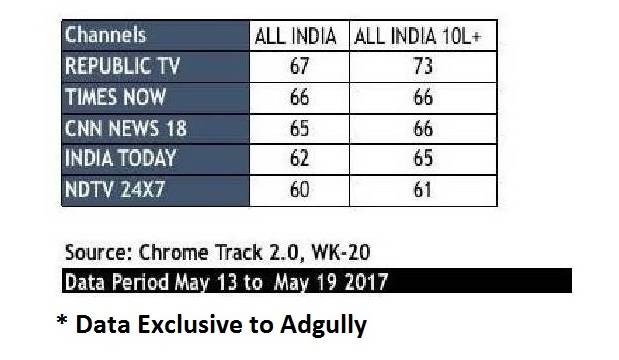


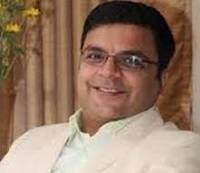
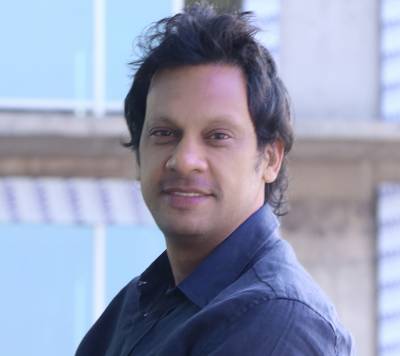
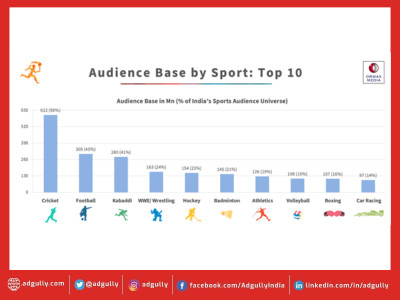


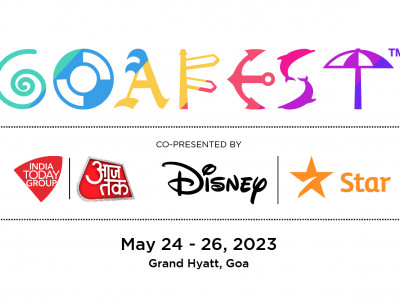

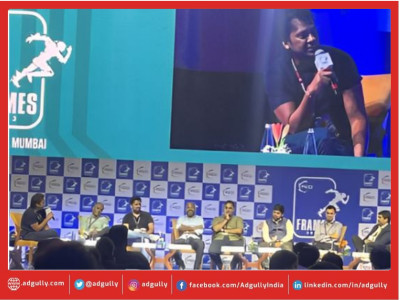

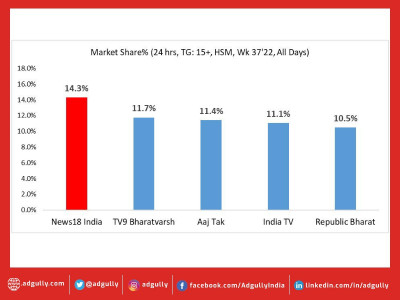
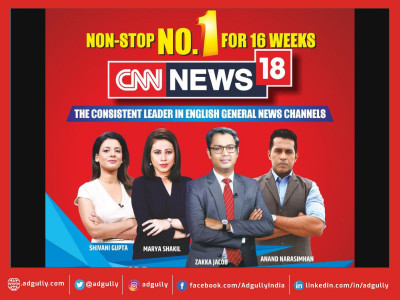
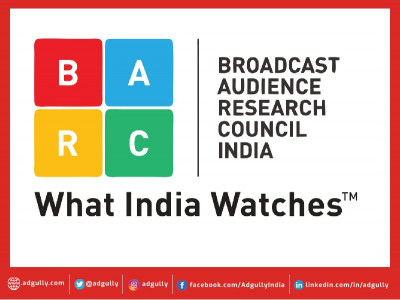
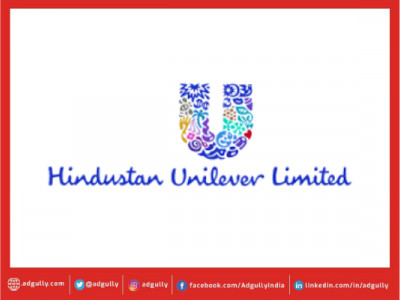


Share
Facebook
YouTube
Tweet
Twitter
LinkedIn